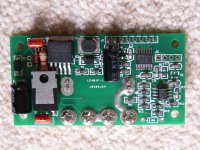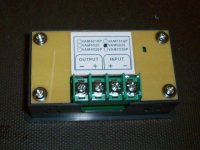Gregory
100 kW
My meanwell bulk charger now has an awesome display. I think these are a great little unit.
Voltage seems quite accurate for my purposes. And it does Ah and Power which I didn't realise when I bought it.
Holding the OUT button for a second it does go into some sort of setup menu, I haven't played around with it.

Voltage seems quite accurate for my purposes. And it does Ah and Power which I didn't realise when I bought it.
Holding the OUT button for a second it does go into some sort of setup menu, I haven't played around with it.









